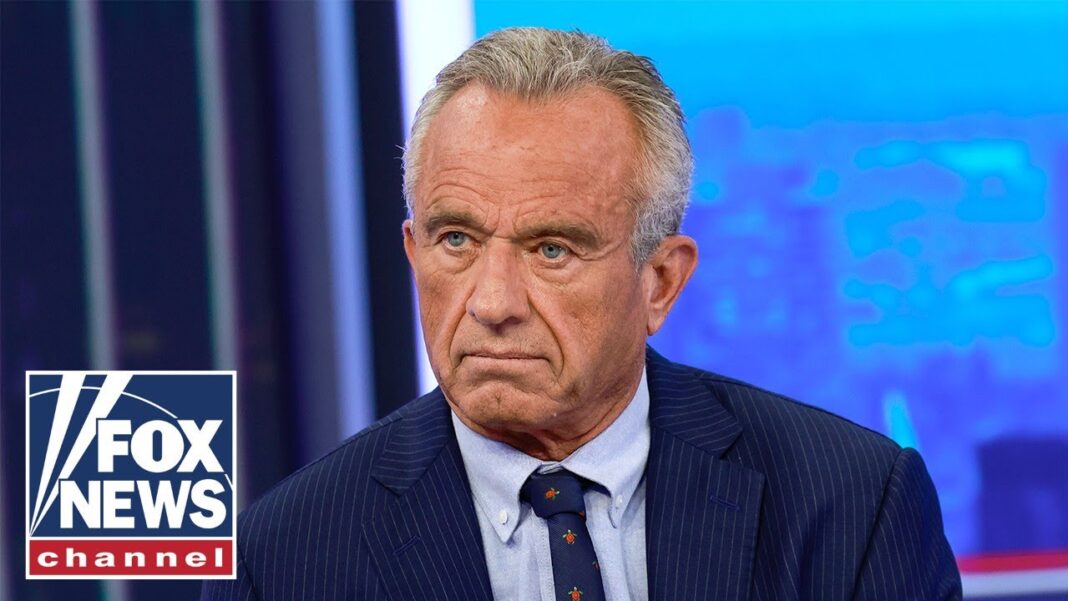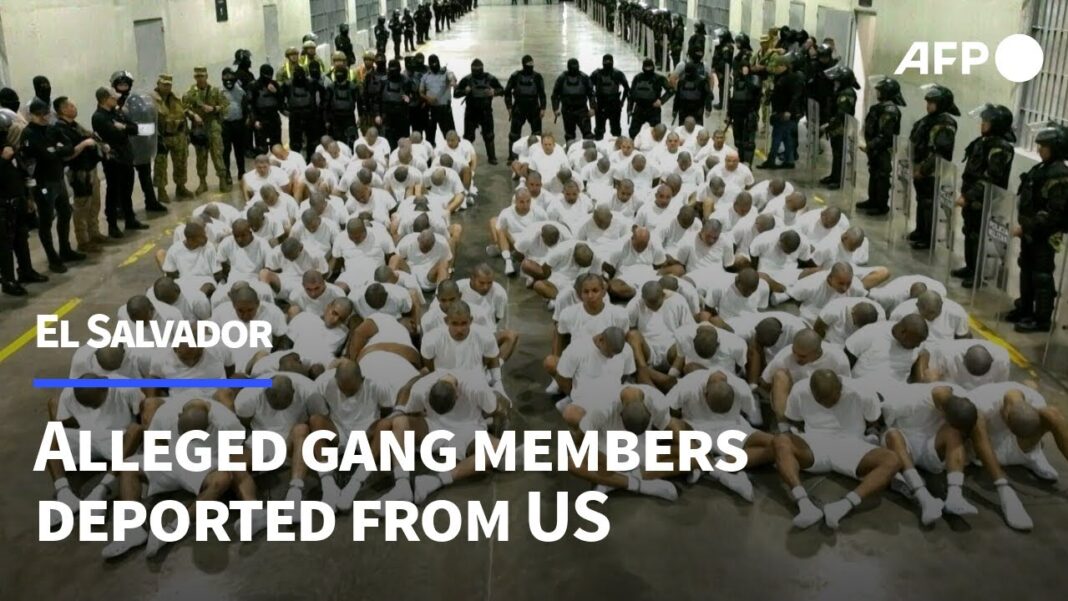It’s ironic that the world’s richest man, Elon Musk, a man who received $38 billion in contracts from the federal government and hundreds of millions in tax credits to keep his corporations afloat when they were failing, now claims that that “Social Security is the biggest Ponzi scheme of all times.” He either does not understand a Ponzi scheme, or he does not know for 90 years that Social Security has paid recipients what they are owed. It “is paying out more than $120 billion monthly to 68.4 million retirees, people with disabilities, and their family members.” Ninety years of monthly payouts is the most remarkable payout record ever recorded. If, however, there is a scheme to misuse Social Security funds, the federal government is the mastermind.
A Ponzi scheme is an investment fraud that uses funds from new investors to pay returns to earlier investors, creating the illusion of a profitable enterprise. These schemes are typically short-lived, lasting from months to a few years. Social Security, on the other hand, is not an investment or savings plan. It is a social trust fund established by law, where each generation contributes to the payments for the retired generation. Its primary function is to provide insurance against economic risks for the elderly and disabled.
Social Security may not be a concern for Musk, a man who possesses a staggering net worth of $450 billion. Social Security is, however, a vital safety net for the 75- 80% of the U.S. working population earning under $88,000 a year. These individuals will likely depend on Social Security for most of their retirement income. Musk’s assertion that it is a Ponzi scheme reignites a longstanding debate about the costs and benefits of Social Security while diverting attention from the real issue: the federal government’s withdrawal of $2.7 trillion from the fund.
When Musk first called it a Ponzi scheme, it reminded me of an article written in 2015 by a prominent professor of finance who analyzed the return on the money he had contributed since he had started paying into the fund. He counted all his and his employer’s taxes into the system ($329,640). He estimated that if he lived twenty years in retirement, he would receive $840,000 in inflation-adjusted benefits. His complaint, however, is that had his contributions been invested in 2% Treasury bonds rather than in “government obligations” that paid a statutorily fixed monthly amount, his contribution would be worth $1.28 million. If his contributions had been invested in a stock index fund, it would have generated $2.27 million. At a minimum, the government made one-half to one million dollars by holding his money.
This example illustrates the continuing controversy over the purpose of Social Security and who should get what from it. The “everybody” wanting more money from the system and the need of society to take care of the elderly and sick is a perpetual debate in a free society. The real question is – who does the money belong to – the federal government, the individual, or a Social Security trust fund that benefits all contributors based on calculations made by statute?
Claims to the Social Security Trust Fund
The federal government claims ownership of the monies in the Social Security Trust Fund. However, the Trust Fund does not hold cash, gold, or other assets. Instead, it holds non-marketable securities representing obligations from one part of the federal government to another. This arrangement raises concerns about the fund’s security and reliability, as it means that the government owes money to itself, not participants, with no tangible assets to back it up.
The federal government does not view these securities as obligations to the participants. Under the federal government’s accounting system, the obligations are not reported as debts on its balance sheet. Because the government makes the law and can change it anytime, the amounts owed to participants are not government debts. It does not characterize the payments made from the Trust Fund, but the federal government believes they are not debt obligations that must be repaid. More sickening, since the $2.7 trillion is not a debt, it is excluded from the $36 trillion National Debt, which would be $39 trillion if the obligations were counted as debt.
How did this happen? The federal government took ownership of the Trust Fund by enacting the 1983 Amendments to the Social Security Act. The Act allowed the federal government to hike payroll taxes to cover any deficits in the program. It authorized the transfer of $2.7 trillion from the Trust Fund to the general fund over thirty years. Once Congress approved the transfer of the excess funds in the Trust Fund to the general account in the Treasury Department, the funds were used to pay for everything from tax cuts to wars. The federal government replaced the money from the Social Security trust fund with government obligations, i.e., “IOUs.” The IOUs are pieces of paper that have no market value.
Privatization of Social Security. Several presidents have advocated privatizing Social Security so participants, like the professor, could own and direct their contributions. Claims of private ownership of one’s contribution have been dashed each time the issue is raised. Privatization could happen with the right Congress and president, especially if the federal government wants an easy path for reducing budget deficits to offset tax cuts for the wealthy. Such a move would place most of the risk on low-income participants since most, if not all, of their retirement income would be problematic.
In 2005, President George W. Bush made privatizing Social Security his top priority. He sought to allow workers to establish voluntary personal retirement accounts. The majority of the nation opposed it by 64-48 percent, and the issue went dormant. Privatization has not been seriously raised since then; however, should Musk and DOGE attempt to dismantle Social Security to reduce federal spending, it is a likely proposal to resurface or perhaps be enacted into law since the federal government already claims ownership of the Trust Fund. It would save the federal government trillions.
The Trust Fund currently stands as a collective, pay-as-you-go retirement program. The Trust Fund is not a savings plan. It is a social welfare system in which each generation finances the payments to the retired generation. Its structure provides insurance against economic risks for the elderly and disabled. The payments made from the fund to participants are partly based on contributions made to the fund (the poor receive more than they contribute, the wealthy less). The Department of Treasury’s treatment of the trust fund (it owns it) is inconsistent with the Social Security Administration’s description of the fund on its website. The website allows people to view “their accounts” and asserts that the website tool “puts you [the participant] in control.” Notwithstanding what appears to be a fraudulent misrepresentation, the participants will have a hard time claiming the money in the trust fund belongs to them since the federal government will claim sovereign immunity and likely prevail.
An AARP survey of members found that 96% of those polled (its membership) supported the program and viewed it as one of the most critical government programs. Moreover, 2 of 5 respondents stated they rely on Social Security for a substantial amount of their retirement income. A recent Newsweek poll found that 63% of citizens believe the federal government spends too little on Social Security.
The bottom line: Unless participants in the Trust Fund can establish a property right in the fund, the federal government can abolish the Trust Fund at any time. The debates over DOGE cutting alleged waste, fraud, and abuse out of the Trust Fund are a diversion to obscure its intent to raid it again. DOGE’s target this time will be to eliminate the need to repay the $2.7 trillion taken from the fund in 1983. The federal government has taken trillions from the fund and spent it on its wishes. It can do it again and again.
For decades, the federal government has used excess Trust Fund contributions as a political piggy bank. If the participants believe their money is to be held in trust by the fund, they must persuade their elected representatives to turn it into a real Trust Fund managed by fiduciaries whose duty of loyalty is to the participants, not the federal government.
William L. Kovacs, author of Devolution of Power: Rolling Back the Federal State to Preserve the Republic. It received five stars from Readers’ Favorite. His previous book, Reform the Kakistocracy, received the 2021 Independent Press Award for Political/Social Change. He served as senior vice president for the U.S. Chamber of Commerce and chief counsel to a congressional committee. He can be contacted at wlk@ReformTheKakistocracy.com







